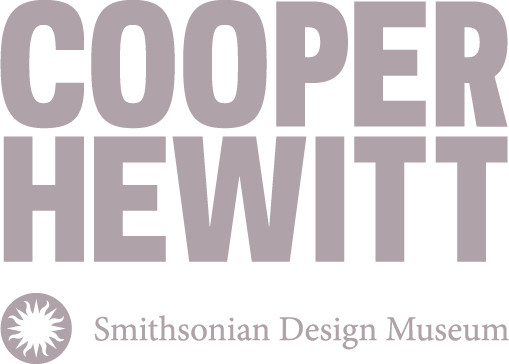 Laurie Mallet, Willi Smith, and Mark Bozek, at The Pont Neuf Wrapped, Photographed by Dan Friedman, 1985
Laurie Mallet, Willi Smith, and Mark Bozek, at The Pont Neuf Wrapped, Photographed by Dan Friedman, 1985
Mark Bozek
I was lucky to have known Willi Smith for the seven years I worked with him and Laurie Mallet as head of communications for WilliWear. The job was a whirlwind of work, parties, and collaborations. Willi knew I was “wet behind the ears” but was a wonderful teacher, colleague, and soon friend. We all worked like crazy, seven days a week, but Willi had an innate ability to never take himself too seriously. I never laughed so much in my life as I did with Willi Smith.
I still have vivid memories of our excursions. Once, after a three-legged trip starting in Miami to open a new Burdines department store, Willi called me when we got to our rooms and said, “Can you come down here?” There’s a few things I’d like to discuss.” I could tell that he was joking about something. Sure enough, when I entered his huge suite—it was, of course, the African Suite, complete with rhino horns, leopard-print couches, and arty photographs of native Africans—he was laughing. After two glasses of champagne, we were still laughing. Willi and I headed to Oahu, Hawaii, next, where, for some insane reason, WilliWear was previewing the fall/winter collection of massive faux fur coats in pink and green. It was to be WilliWear and Bill Blass—not exactly a match made in heaven. By the time we flew from Hawaii to Paris for the opening of the WilliWear shop on Rue de Richelieu, Willi was worn-out and struggling with addiction. Laurie and I, as well as his other close friends, knew it was time to stage an intervention when we returned to New York. He was flown to the Betty Ford Center in Rancho Mirage, California, and after thirty to forty-five days came back to New York a new and far happier man. He embraced his sobriety with the same fervor he did his design work. We found it oddly uncomfortable that he would show up on his own every morning at nine ready to work. Until then we had no clue how much effort and time we had spent enabling his previous behavior. But who were we to judge? Willi was sober for the rest of his life, and it enabled him to enjoy a creative flurry for the next several years.
Surely one of the moments Willi was most proud of was when he was asked by Ed Schlossberg to design his and his groomsmen’s suits for his wedding to Caroline Kennedy. For Willi it was a sign of his being accepted into a world he, like most Americans, knew little about but aspired to. Months of planning, designing, and meeting with Ed and his grooms, including John F. Kennedy Jr., were great fun. Caroline had asked Carolina Herrera to design her wedding dress but asked if Willi would do remakes of a dress she had found for the bridesmaids. Willi agreed, and his design team went to work on the reproductions. Three days before the wedding the bridesmaids’ dresses were stolen from my office at WilliWear. The headline the next day in the New York Post was classic: “Designer Dis-dress.” The ten bridesmaids’ dresses were remade within inches of the fabric we had left.
Willi taught me how to be relentlessly curious, to be cool, to be a friend, and what it was like to be around someone who took immense pride in his work. But what I’ll remember most, beyond his creative genius, were his endless fits of laughter at the spectacle of life.

